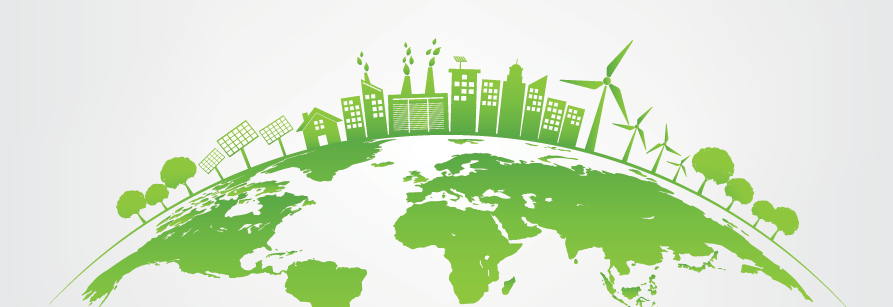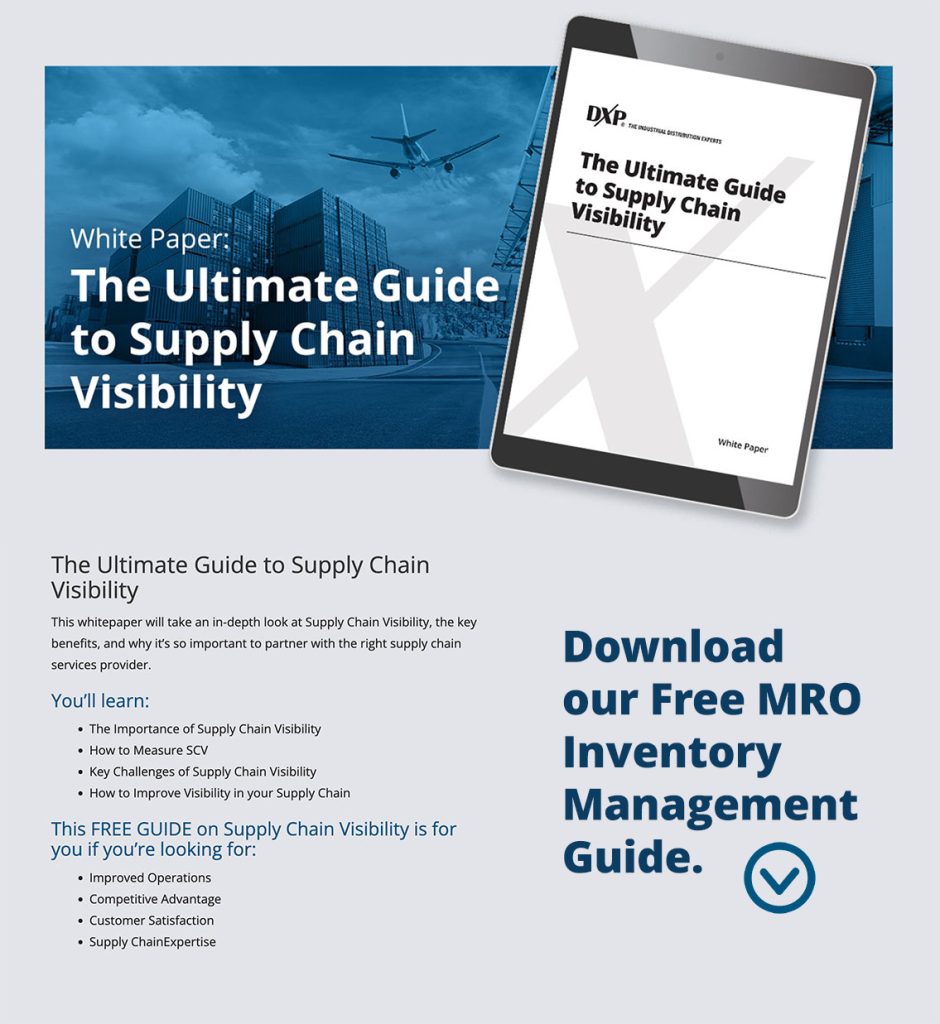
Is Renewable Energy Always Clean?
It’s easy to get confused talking about clean, renewable, and green energy. The terms are often used interchangeably, but they don’t always have the same meaning. While there is a lot of overlap, subtle differences can have an effect on the environment and government credits for production.
To fully understand the differences between clean and renewable energy, you need to know what the terms mean. This way you know you’re using clean renewable energy and reducing your carbon footprint.
If you’re ready to act today, learn about the power generation process systems available through IFS.
What is Clean Energy?
Clean energy is defined as energy that releases minuscule or zero amounts of radiation, carbon dioxide, and chemical contaminants into the atmosphere and soil according to NCSEA. Examples of clean energy sources include wind energy and solar energy that do not emit pollutants into the environment.
Like wind-produced power, solar energy is also clean. Power is generated by sunlight without greenhouse gas emissions. Both are a type of clean energy source, along with geothermal, hydro, and biomass — but it doesn’t automatically mean that these sources are renewable. This is why you don’t want to use the terms interchangeably unless you know that your clean energy is also renewable.
Clean Energy vs. Renewable Energy – How Clean is Renewable Energy?
Renewable energy is in theory inexhaustible. It means that there is a continual source of energy. However, renewable energy isn’t always clean. Some types of renewable energy sources do emit pollutants over the threshold of what is considered “clean”.
It often depends on state legislation on whether a renewable energy source meets the parameters to also be considered clean power. For example, as of summer 2019, the majority of U.S. states have a “renewable portfolio standard” in place, but not all of them require a clean energy source. There is currently no federal standard in place to unite policy conditions.
The cleanest renewable energy source is a tie between solar, wind, and geothermal heat. Smaller hydro plants also produce clean, renewable energy. It’s the larger hydro plants that can emit air pollutants that limit it to being only renewable, instead of clean energy.

Clean Energy vs. Green Energy
Unlike clean energy types that produce little to zero greenhouse gas emissions into the environment, green power does release a small amount of pollution. Compared to fossil fuels like coal, the greenhouse gases are negligible, but there can still be an effect on the environment.
Due to the low amount of radiation, gas, and other containments, green energy does not threaten animals and plants with loss of habitat or extinction. Even though clean energy is the best way to counteract pollution, climate change, and possible species extinction, using green power is a step towards lowering your impact on the environment.
Clean Energy vs. Sustainable Energy
Not only is wind energy clean, but it’s also sustainable. The same also applies to solar power. Sustainable energy is power that automatically renews. The supplies can’t be depleted no matter how much energy is uses. Wind will continue to turn the wind turbines, and the sun will provide solar energy as long as it produces light. Sustainable energy can keep the power flowing for generations.
Other sustainable energy sources include tidal and geothermal energy. These are also considered sources of clean energy if production doesn’t emit pollutants into the environment.
Some people also consider nuclear power a sustainable energy source. There is more nuclear power available than humans can ever use during their existence. However, the supply of nuclear energy is exhaustible. There is a finite amount even if it is never completely used up.

Examples of Clean Energy
Renewable, green, and sustainable energy can all be considered clean energy resources if only a minuscule amount of containments are released into the air, soil, and water. Ideally, clean energy emits zero pollutants. Learn more about this on the Energy.gov website.
A Closer Look at Sources of Clean Energy
- Solar energy harnesses the power of the sun through photovoltaic cells or solar panels. This abundant energy source can be used for everything from powering homes and businesses to heating water and producing electricity on a large scale.
- Wind energy captures the natural wind currents to create electricity. Wind turbines convert the kinetic energy from wind into mechanical power, which is then transformed into electricity. Wind farms, both onshore and offshore, are becoming increasingly common as a clean energy solution.
- Hydropower, or hydroelectric power, uses the flow of water to generate electricity. Dams are typically built on large rivers, where the flow of water spins turbines to produce power. Hydropower is one of the oldest and most established forms of renewable energy.
- Geothermal energy taps into the Earth’s internal heat to generate electricity and provide direct heating. This energy source is particularly effective in regions with significant volcanic or tectonic activity, where geothermal plants can convert steam from underground reservoirs into power.
- Biomass energy is produced from organic materials like wood, agricultural crops, and waste. When burned or processed, these materials release stored energy, which can be used to produce electricity, heat, or biofuels. Biomass is considered renewable because the materials used can be replanted and replenished.
Learn About IFS Technologies for Clean and Renewable Energy Production
Clean energy is the future, and with government incentives encouraging companies to embrace renewable energy, it’s a smart move to explore these alternatives. At Integrated Flow Solutions, a DXP Company, we provide cutting-edge renewable energy solutions tailored to your needs. As one of many process skid manufacturers present in the industry, we offer cutting-edge fuel gas conditioning systems and other renewable energy processing technology to help enhance your approach to leveraging alternative energy. Our offerings include:
- Biogas Pre-Treatment Skids
- Biomethane Capture System
- Chemical Injection Pumps and Systems
- Biodiesel Slurry Pumps
- Biogas Tanker Truck Loading/Offloading
- Bioethanol Pumps and Systems
- Biofuel Plant Heat Exchangers
- Gas Pressure Regulations and Controls
- Fuel Gas Conditioning
- Particle Filtration Systems
- Balance of Plant Equipment
- Renewable Oil Blending Systems
- Plant Ammonia Handling for NOx Emission Control
- Geothermal Brine Re-injection Pumps
- Lobed Blowers
Contact us online today to see more about the full selection of industrial solutions we offer.

